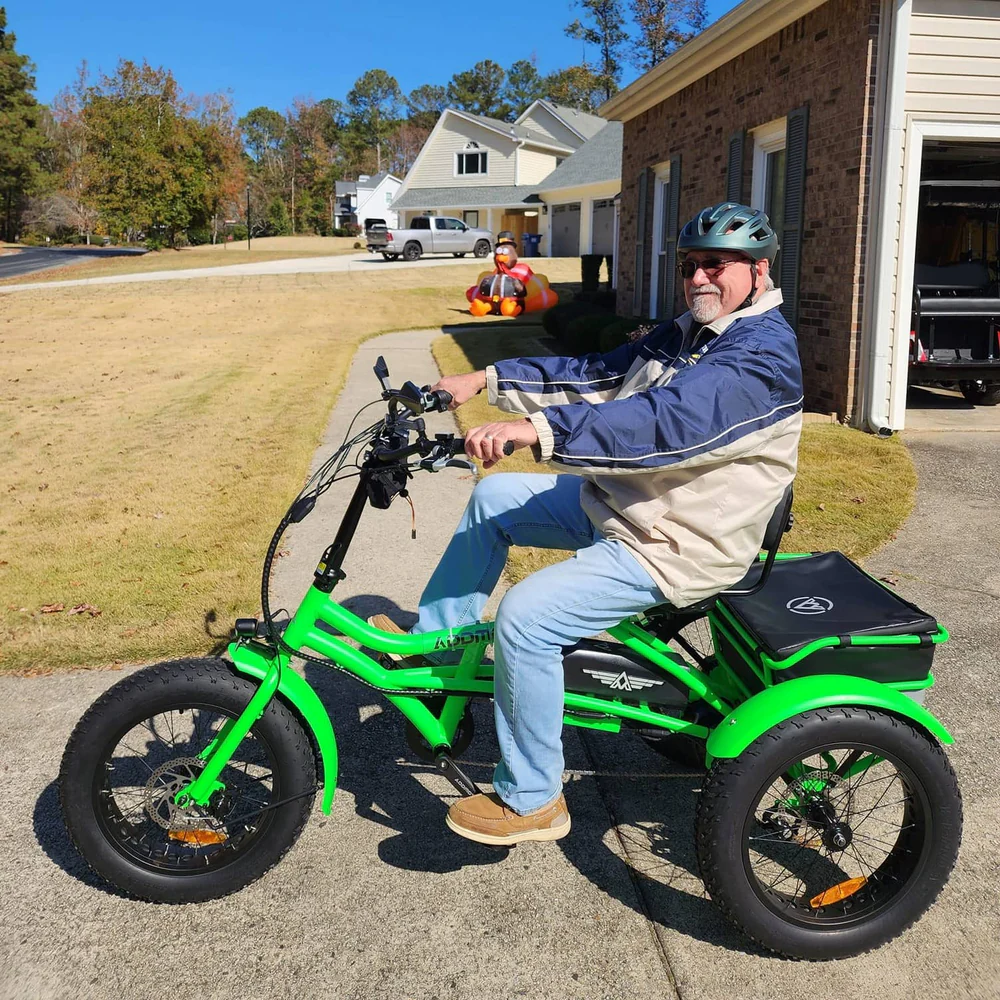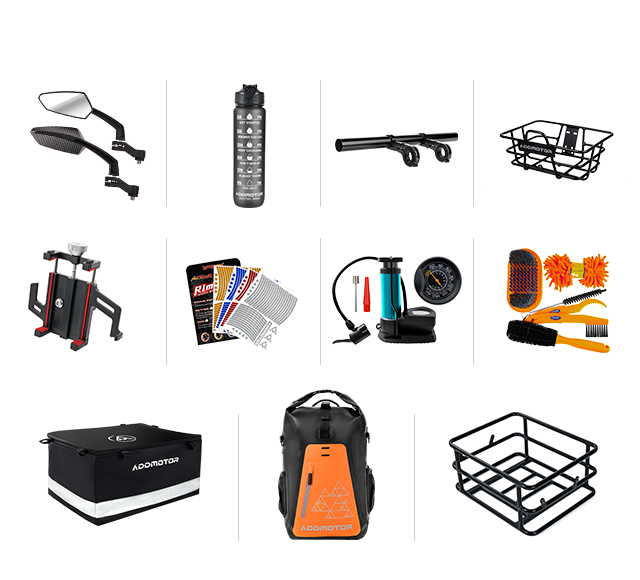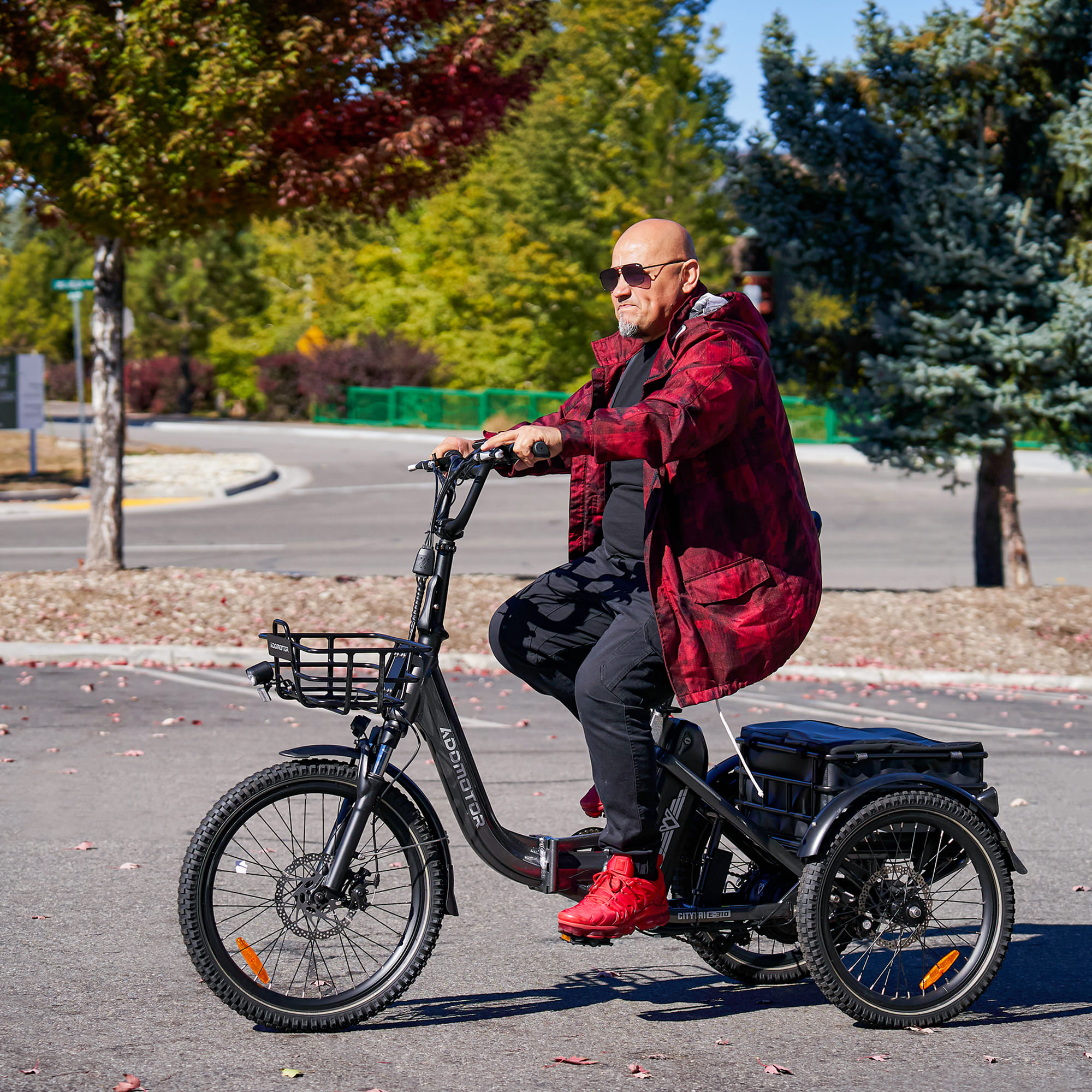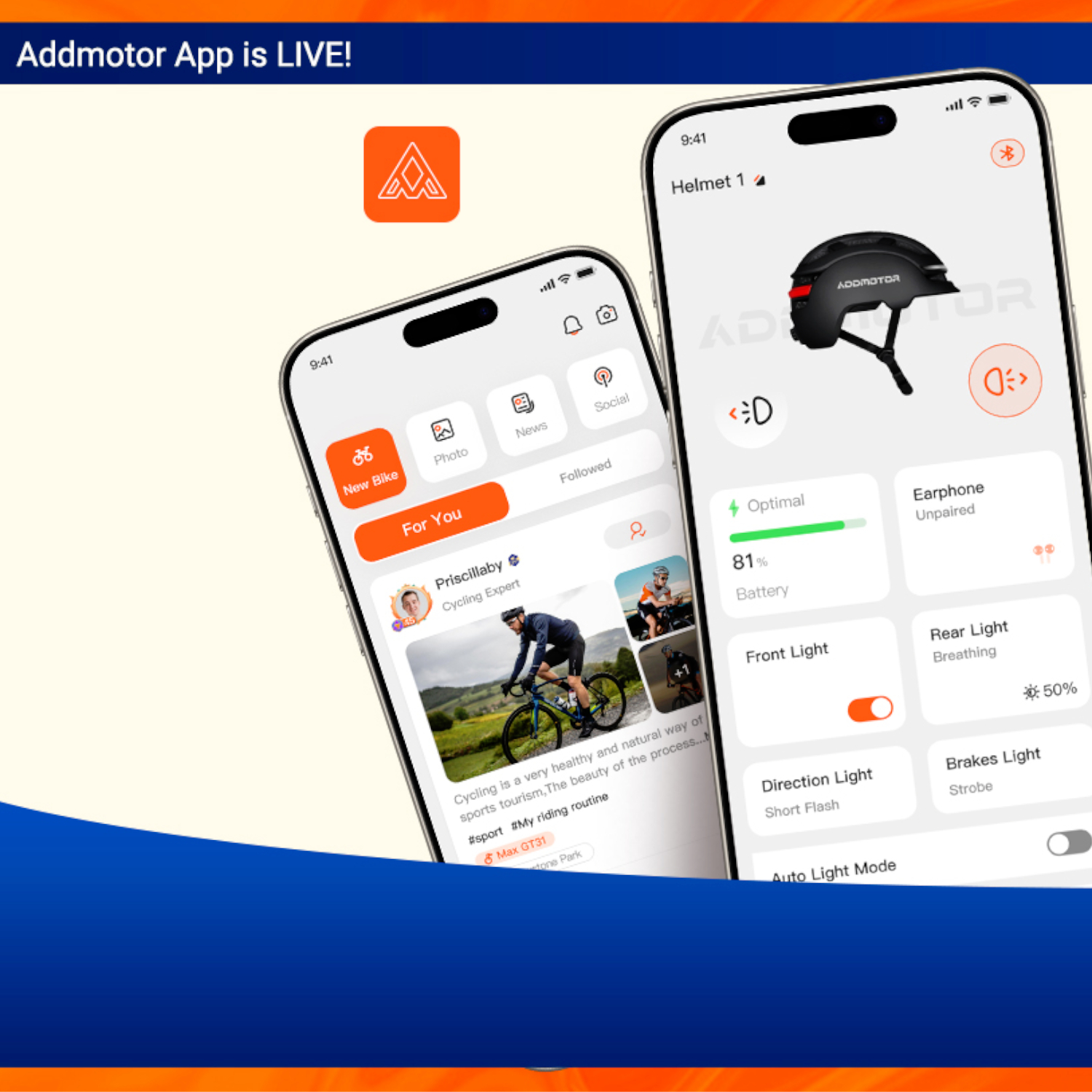How to Choose the Right Seatpost for Your Electric Bike
By ADDMOTOR | 09 July 2025 | 0 Comments
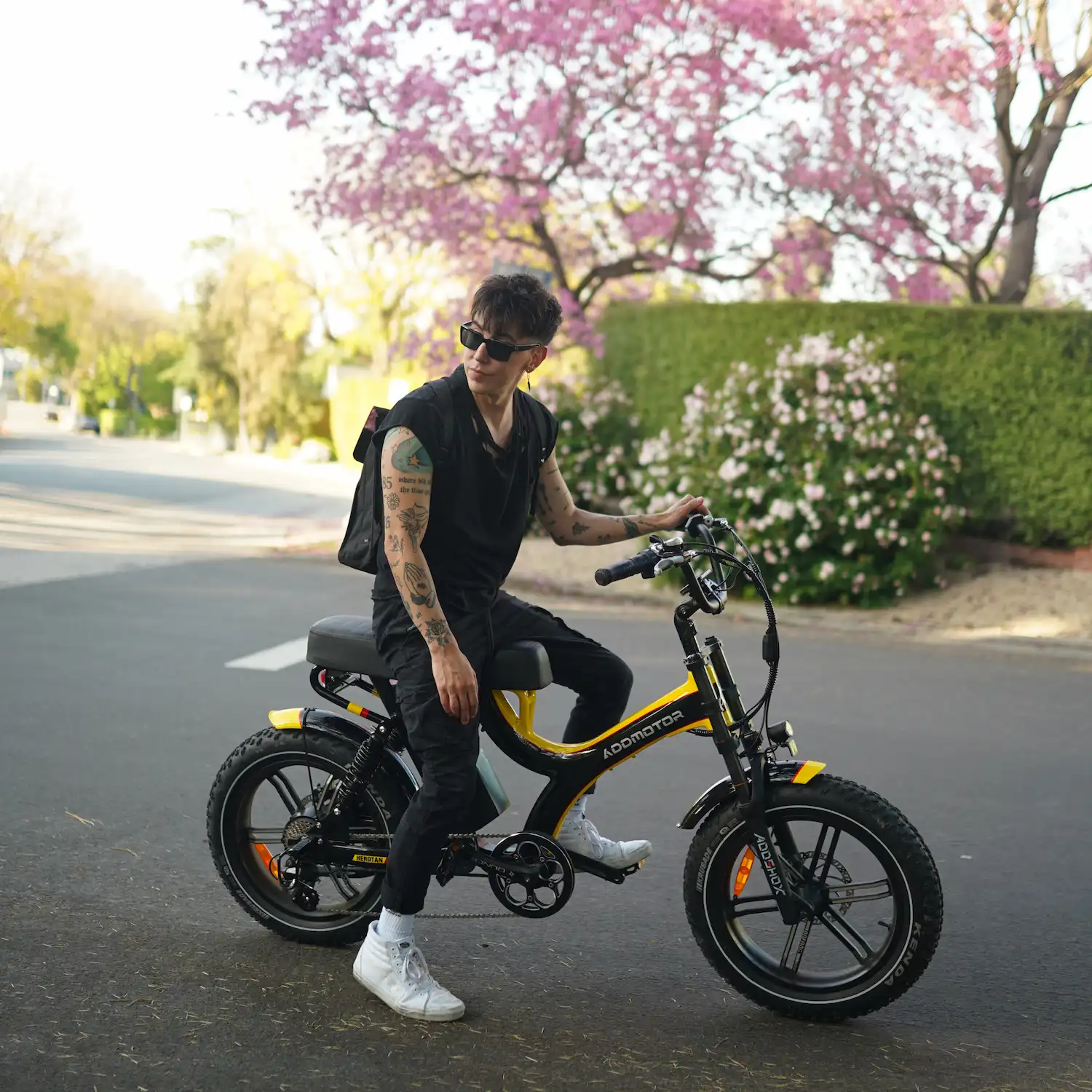
When it comes to upgrading your bicycle, many riders overlook the seatpost—but for older adults who value comfort and joint support, it’s one of the smartest upgrades you can make. The right seatpost can dramatically improve your ride, reducing strain on your back and hips while boosting pedaling efficiency. Whether you're cycling to stay active, enjoying weekend rides through the park, or exploring scenic trails during retirement, choosing a seatpost designed for comfort and stability can make all the difference. Learn how the right fit can enhance not just your ebike—but your entire riding experience.
Why the Seatpost Deserves More Attention
When cyclists consider upgrades or customizations, their focus often gravitates toward more visible or traditionally emphasized components like the saddle, tires, or frame. While these elements undeniably affect comfort and performance, the seatpost remains an unsung hero that plays an equally pivotal role in the overall riding experience.Often overlooked, the seatpost is far more than just the connector between the saddle and the ebike frame. It directly influences rider ergonomics by determining saddle height, setback, and alignment—each of which can make or break long-distance comfort and efficiency. A misaligned or poorly chosen seatpost may lead to poor weight distribution, strain on the lower back and knees, and diminished power transfer during pedaling.
What truly distinguishes a high-quality seatpost is its ability to absorb vibrations and impacts from the road or trail. Whether navigating bumpy urban streets or rugged gravel paths, the seatpost acts as a crucial mediator between the terrain and the rider’s body. With the right materials and design—such as carbon fiber for flexibility or suspension for shock damping—a well-matched seatpost can drastically reduce fatigue and help maintain a steady cadence over time.
In short, investing in the right seatpost isn’t just about comfort—it’s about enhancing control, preserving energy, and optimizing your position for better overall performance. For cyclists seeking an edge in endurance or simply a more enjoyable ride, it’s time to move the seatpost from afterthought to essential upgrade.
Types of Seatposts and Their Best Uses
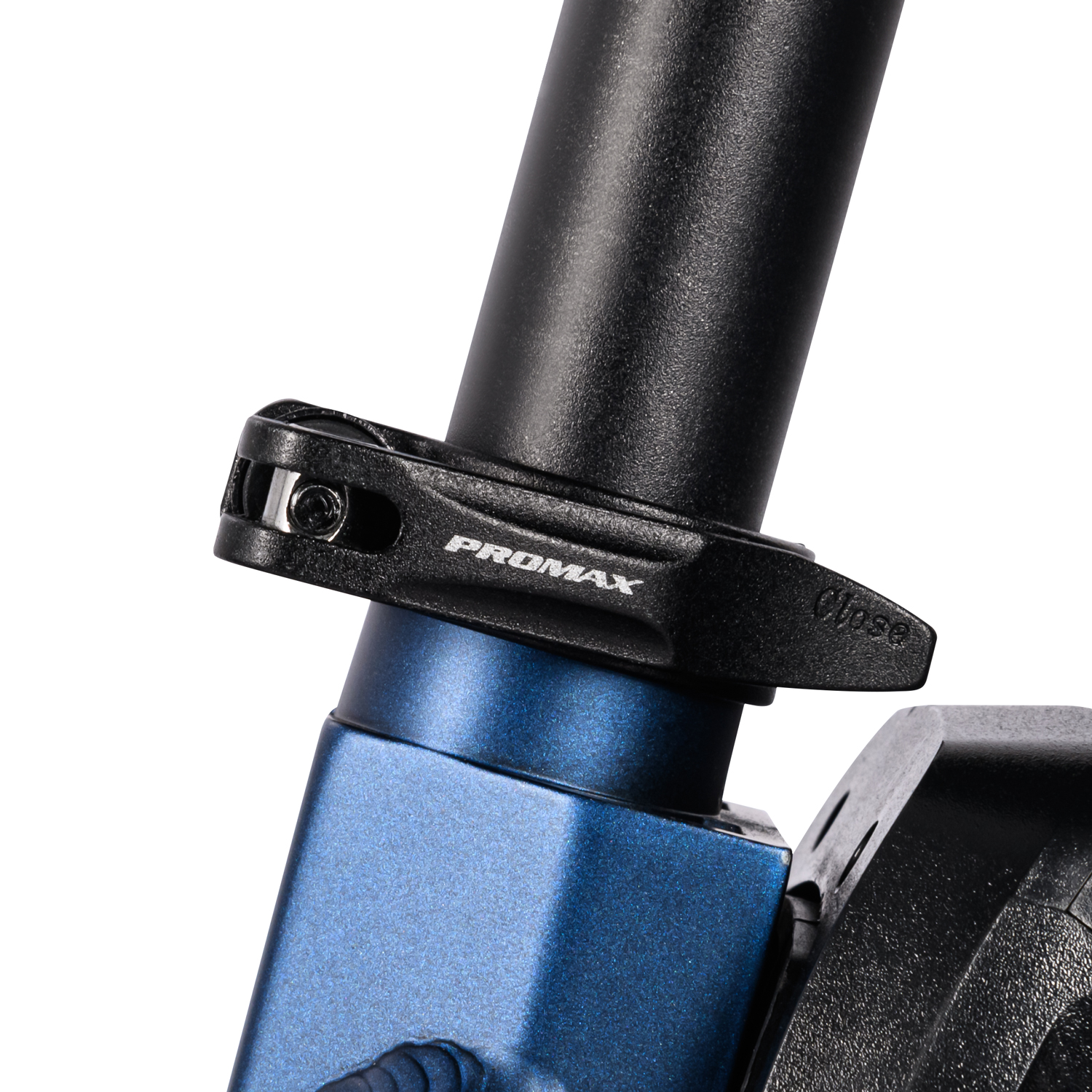
While often overlooked, seatposts come in several varieties, each tailored to specific riding needs and terrain types. Understanding the differences between them can help you make a more informed decision—and ultimately lead to a more comfortable and efficient ride.
Rigid seatposts are the most common type, particularly on road bikes and commuter bikes. With their lightweight construction, minimal flex, and low-maintenance design, rigid posts prioritize efficiency and responsiveness on smoother surfaces. They’re a go-to choice for riders focused on speed, direct power transfer, and simplicity.
Suspension seatposts are designed with comfort in mind. Featuring internal mechanisms like springs, elastomers, or pneumatic systems, they provide noticeable shock absorption on rough roads and mixed surfaces. Gravel cyclists, hybrid riders, and touring enthusiasts often benefit from the added comfort and reduced fatigue these seatposts offer over long or bumpy rides.
Dropper seatposts have surged in popularity in the mountain biking world, thanks to their dynamic adjustability. With the push of a button, the saddle height can be lowered or raised mid-ride, allowing for a lower center of gravity and greater bike control during technical descents, then returning to full height for climbing or pedaling efficiency. They're also becoming more common on gravel and trail bikes where terrain conditions frequently change.
Selecting the right type of seatpost depends heavily on your preferred riding discipline, terrain challenges, and comfort priorities. By matching the post to your style, you’ll not only enhance performance but unlock a more tailored riding experience that suits your goals.
Finding the Right Fit
Selecting the right seatpost isn’t just about performance—it’s about achieving the perfect blend of comfort, fit, and compatibility. A mismatched seatpost can disrupt your riding posture, cause unnecessary fatigue, and limit your ebike potential. To make the most informed choice, you’ll want to consider a few critical factors that go beyond aesthetics or brand preference.Start with diameter, which needs to align with your electric bicycle seat tube. Most modern seatposts range between 27.2mm and 31.6mm, but it’s essential to confirm your frame’s exact specification to ensure a snug, secure fit. Too loose or too tight, and you risk damaging your frame or compromising stability.
Length is another key factor, especially if you need greater flexibility in saddle height adjustment. A longer seatpost allows for more range—but only if it suits your frame’s geometry and your leg extension. If it's too short, it may limit your riding efficiency; too long, and it could bottom out inside the frame or exceed safe insertion limits.
Then there's setback, which refers to how far the saddle sits behind the seatpost’s centerline. Setback affects your pedaling biomechanics—particularly hip and knee alignment. Riders with longer femurs or unique fit requirements may benefit from more setback to maintain a smooth, natural pedal stroke. On the other hand, some performance-focused riders might prefer a zero-setback post for a more aggressive riding position.
Finally, don’t overlook clamp style. Your seatpost needs to be compatible with your saddle rails, especially if you’re using carbon or oval-shaped designs. The wrong clamp can damage delicate materials or make fine-tuning a frustrating process. Choose a design that offers solid security and easy adjustability to keep your saddle precisely where you want it.
By dialing in each of these factors, you’re setting yourself up for a smoother, more personalized riding experience—one that maximizes comfort without sacrificing control or performance.
Material and Budget Considerations
The material of your seatpost plays a crucial role in determining not just the weight of your ebike, but also the overall ride quality and, of course, your budget. Whether you're looking to shave grams, reduce road vibrations, or simply get reliable performance without overspending, understanding the trade-offs between materials is key to making the right choice.| Material | Pros | Cons |
| Aluminum | Affordable, durable, widely available | Heavier, less shock-absorbing |
| Carbon | Lightweight, great vibration damping | Pricier, requires careful torque |
| Titanium | Strong, rust-resistant, smooth ride | Expensive and less common |
If you're a performance rider or sensitive to ride feel, investing in carbon may be worth it. But for budget-conscious riders, high-quality aluminum models offer solid performance at a lower cost.
Setup, Maintenance, and Final Advice
Once you’ve chosen the right seatpost, proper setup and care are essential for long-term comfort and reliable performance. During installation, use a torque wrench to tighten clamp bolts to the manufacturer’s recommended specs—this prevents slipping and avoids damage, especially with carbon parts. Adjust saddle height and angle gradually, testing your position on short rides until it feels natural and efficient.Ongoing maintenance is just as important. Periodically remove the seatpost to clean and inspect it, especially if you ride in wet or dirty conditions. Apply fresh grease or carbon paste to prevent corrosion or seizing inside the seat tube. Regular checks also give you a chance to spot issues early.
If you notice cracks, deep scratches, or persistent creaking even after cleaning and retightening, it may be time for a replacement. A well-maintained seatpost not only supports better riding posture but also contributes to a smoother, more responsive ride overall.
Final Thoughts
Choosing the right seatpost goes beyond simply matching specs—it’s a strategic decision that can dramatically elevate your riding experience. From the type and material to proper fit and setup, each element contributes to comfort, efficiency, and overall ebike performance. When dialed in correctly, the right seatpost can reduce fatigue, improve control, and help you ride longer and stronger with less strain.It’s easy to overlook this component in favor of flashier upgrades, but make no mistake: a seatpost tailored to your needs might be the subtle but powerful change your bike’s been waiting for.
Leave a Reply
Your email address will not be published.Required fields are marked. *
Latest Stories

